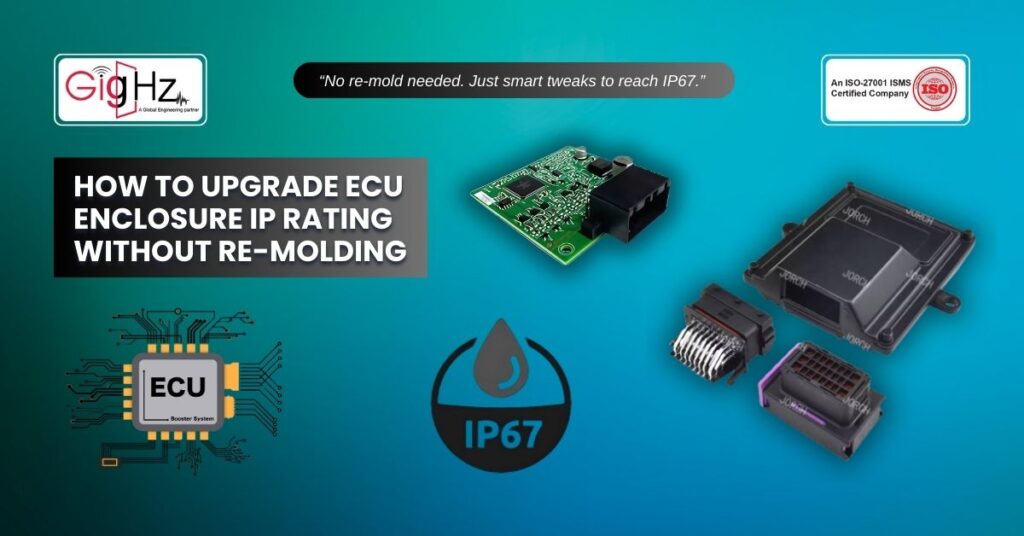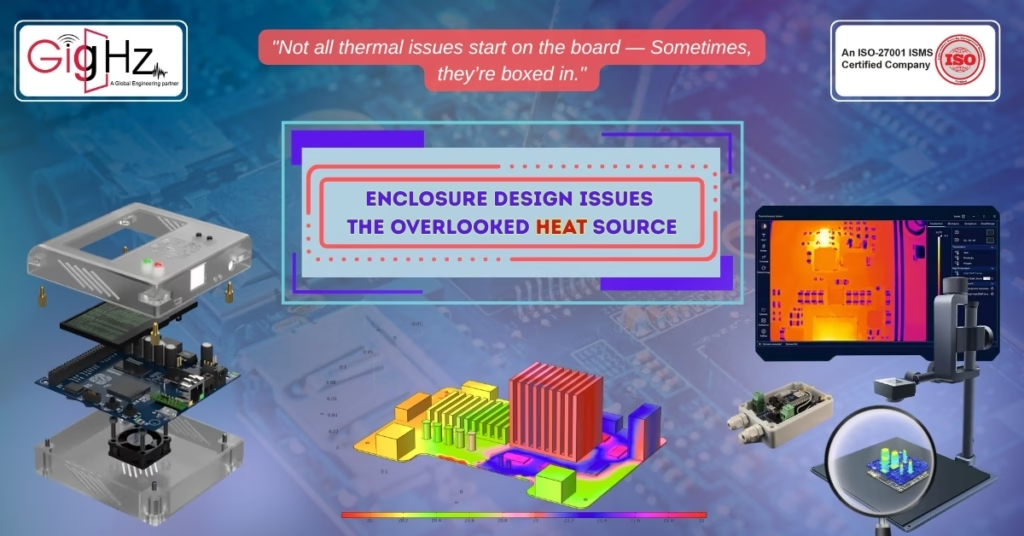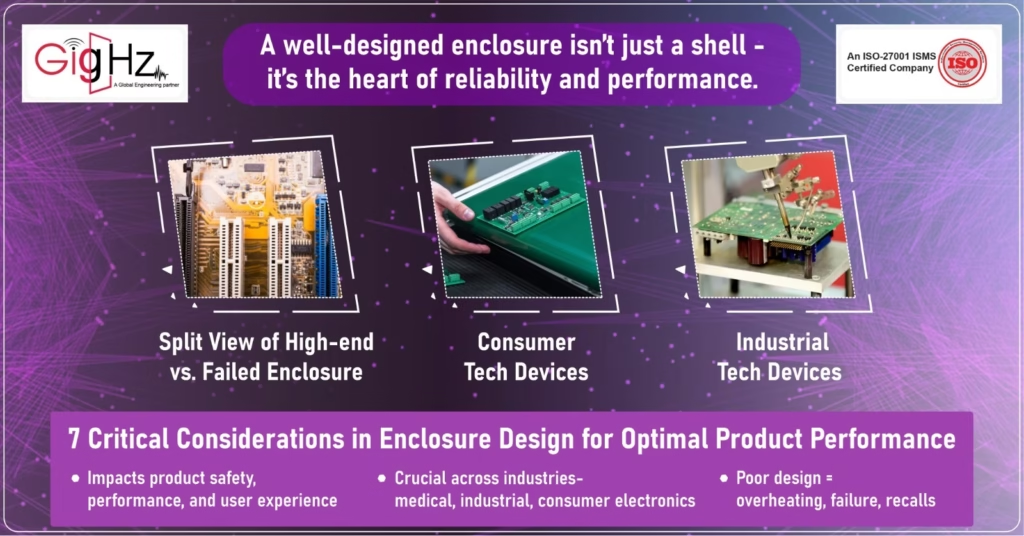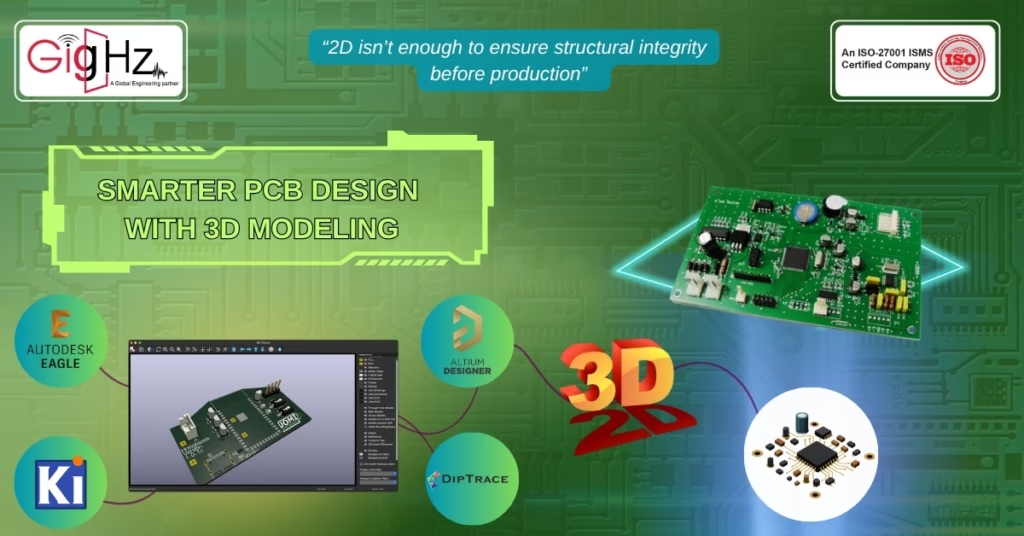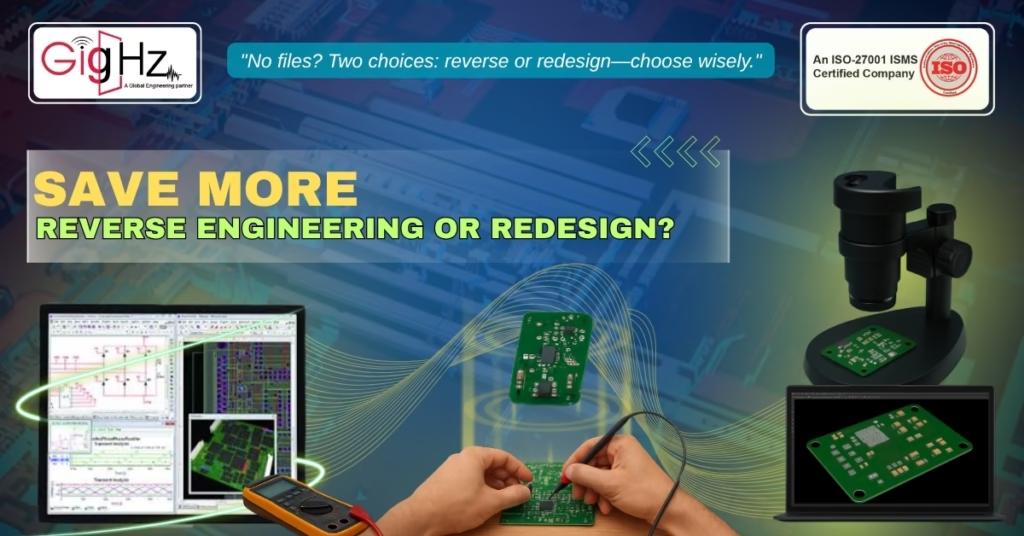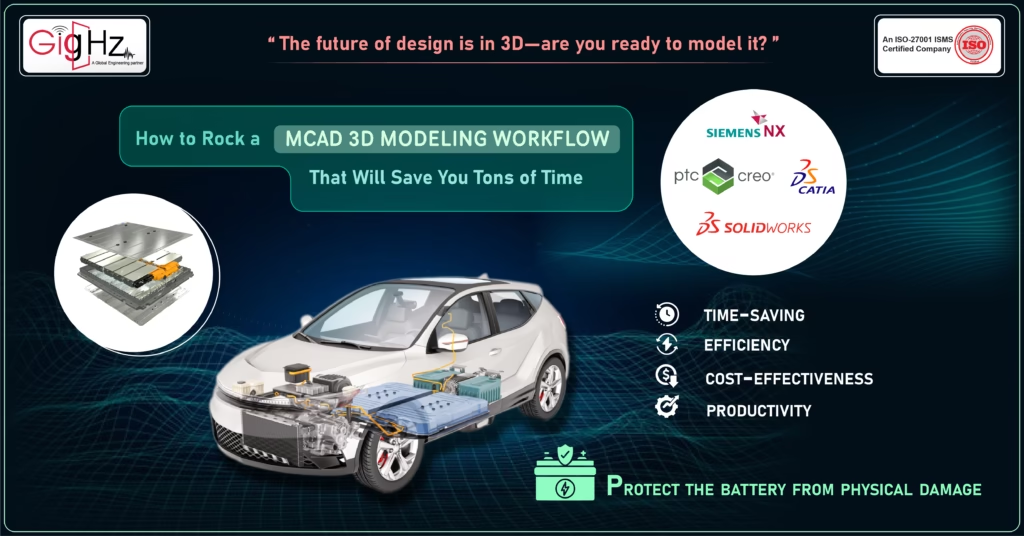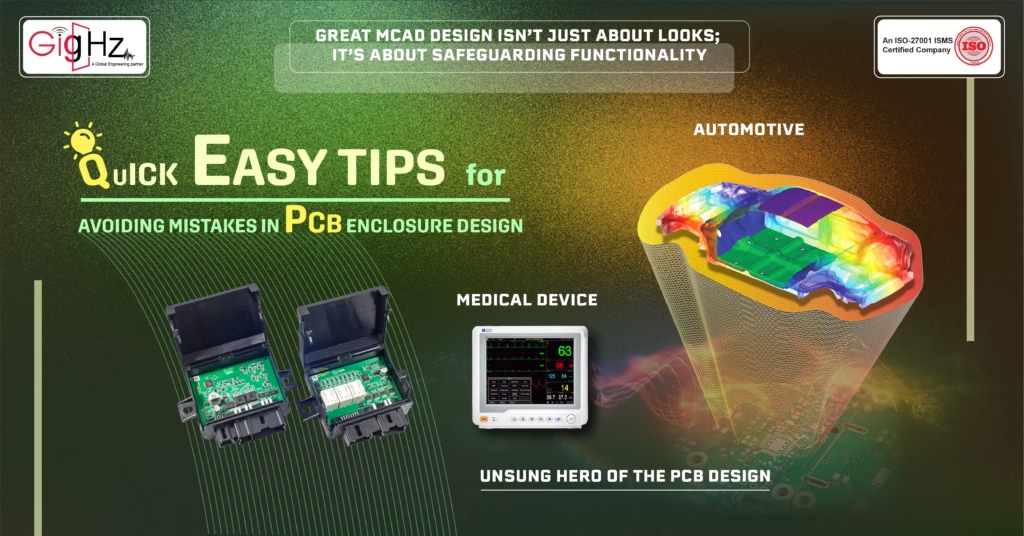Time is the universal currency.
We use time.
We save time.
However, time is a finite resource, and eventually, we all reach a point where it runs out.
As the saying goes, “Live as if today is your last day on earth,” reminding us of the importance of valuing the time we have and living with purpose.
In the automotive industry, especially when designing battery enclosures for electric vehicles (EVs), time-saving directly impacts efficiency, cost-effectiveness, and overall productivity.
A battery enclosure is a critical component in the design of electric vehicles (EVs), serving as the protective casing that shields the battery from external elements and internal hazards.
In the world of automotive design, the importance of these enclosures has only grown as electric vehicles become more advanced and more widely adopted.
Not only do they help maintain optimal battery performance, but they also ensure the safety, efficiency, and longevity of the vehicle’s power system.
The primary role of a battery enclosure is to protect the battery from physical damage and environmental conditions such as moisture, dust, or extreme temperatures.
These conditions can significantly impact the performance and lifespan of the battery if not properly managed.
Additionally, battery enclosures are designed to manage the thermal characteristics of the battery pack.
